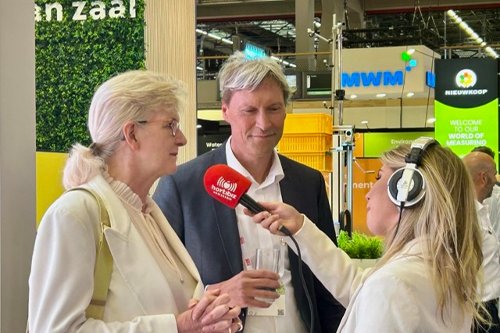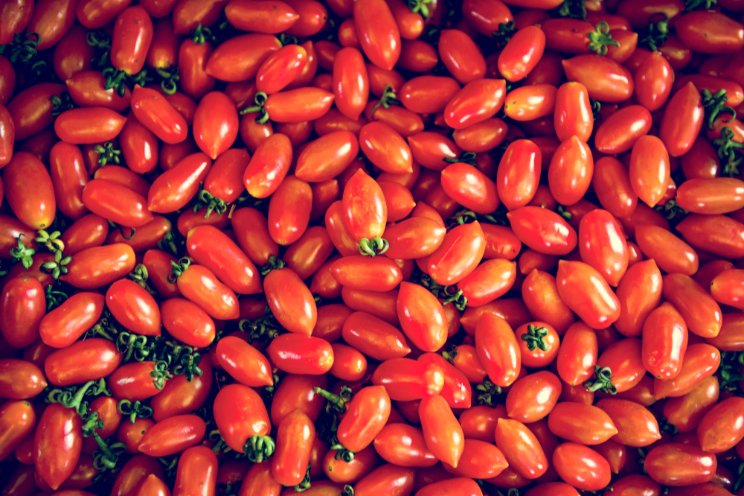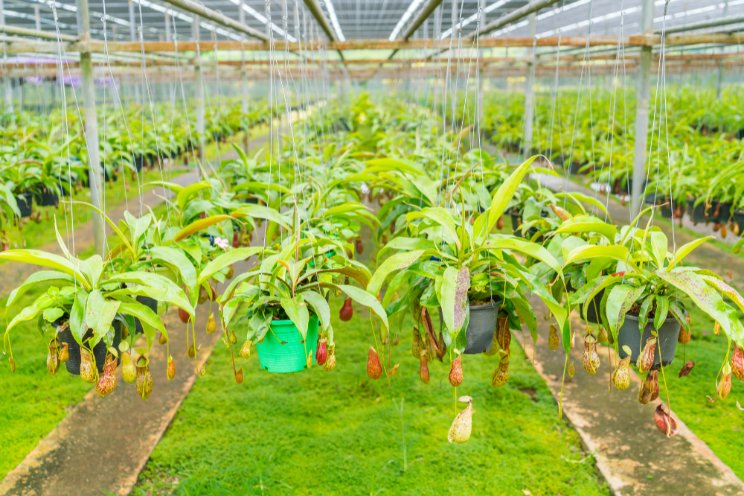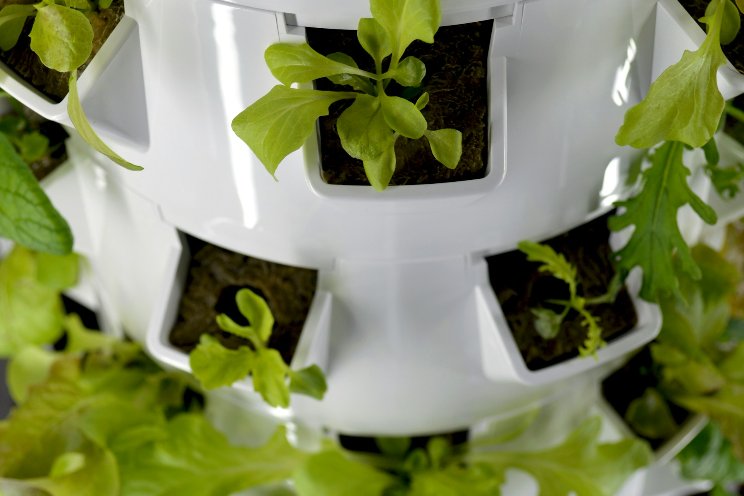Simpler to use, easier to feed, Macrolophus-System performance boosted
Added on 12 December 2024
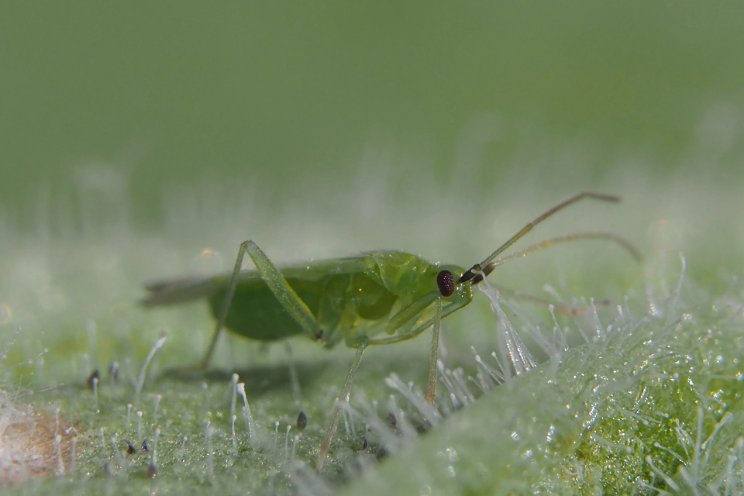
Sustainable packaging
In 2021, Macrolophus-System was the first product to benefit from Biobest’s new optimised sustainable packaging initiative. Inside the redesigned cardboard carton, honeycomb paper helps protect the delicate winged mirid bug, while a gel formulation provides water for the adults during transit, ensuring they arrive in optimal condition.
Improved performance
“The introduction of the special gel means the adult predators remain hydrated during transit,” explains Biobest IPM and Pollination specialist Spiros Kavouras. “In addition to improving survival rates, when released on the crop the bugs are more energetic and ready to lay eggs immediately – promoting quicker and better establishment.
“In the past, it generally took 8-10 weeks for a new generation of Macrolophus to emerge after being released,” says Spiros. “With our carton system, the first young Macrolophus-System nymphs are generally visible within 3-4 weeks. This has necessitated changes to the release and feeding regimes, which are now simpler and more effective.
Easier to release
“In the past, releasing Macrolophus was often a laborious task. The bugs were released at specific spots in the crop, which had to be carefully recorded and mapped.
The feeding regime began at these designated release spots, then gradually expanded outward over the following weeks, steadily increasing the feeding area. This approach was time-consuming to execute effectively.
“With our optimised packaging, the crop worker simply selects one row per greenhouse bay for release. At the start of the row, near the heating pipe, the carton lid is removed and the operative walks down the entire row, releasing the adult mirid bugs. The speed of travel determines the release rate.
“Most adults fly out of their own accord. However, to encourage any remaining bugs to leave, the carton should be gently tapped and the pieces of honeycomb paper taken out and placed in the crop. We also recommend leaving the opened cartons in the crop. Fully biodegradable, the packaging can be removed at the end of the crop and conveniently disposed of with the crop debris.”
Simpler feeding regime
The new weekly feeding strategy is also simplified with protein-rich Nutrimac™ Plus, containing sterile Ephestia kuehniella eggs, distributed along each release row. Depending on the Macrolophus scouting data, the following week the adjacent 1-2 rows are then included. Each week the number of feeding rows increases, to encourage the bugs to fan out in the crop.
Then, 4-6 weeks into the feeding programme, the strategy switches to Artemac™ – a complete feed for the adult predators and nymphs. Based on cysts of the brine shrimp, Biobest recommend Artemac™ is introduced at a rate of 500g per hectare.
Early establishment key
“Nesidiocoris tenuis has the potential to control a similar range of pests to Macrolophus,” says Spiros. “However, in some countries it’s viewed as a pest – occasionally causing poor fruit set, flower drop and other irregularities.
“A robust bug, Nesidiocoris can develop faster, and it is important to get Macrolophus-System established as early as possible. If Nesidiocoris has carried over from a previous crop, it may be necessary to spray an incompatible chemical to gain back control, delaying the release of the Macrolophus.
Summing up Spiros says: “The common goal for growers is to get Macrolophus-System established as early and quickly as possible. We recommend starting introductions the earlier the better. Meanwhile our carton packaging helps promote quicker and better establishment, ultimately resulting in improved control outcomes.”
*Macrolophus-System is only available in Europe.
For more information, contact your Biobest advisor.
More news









